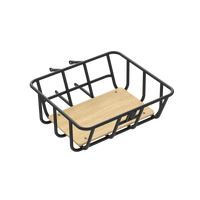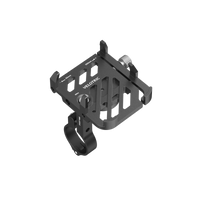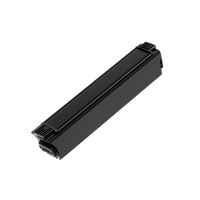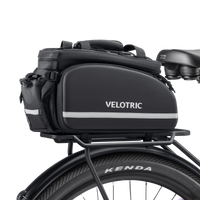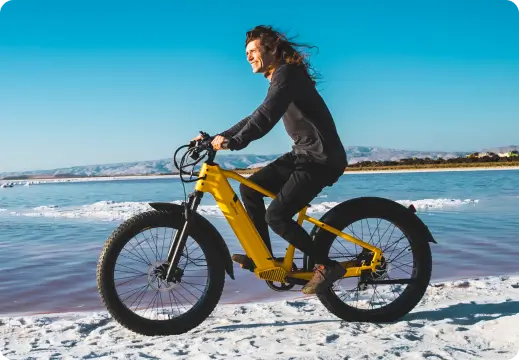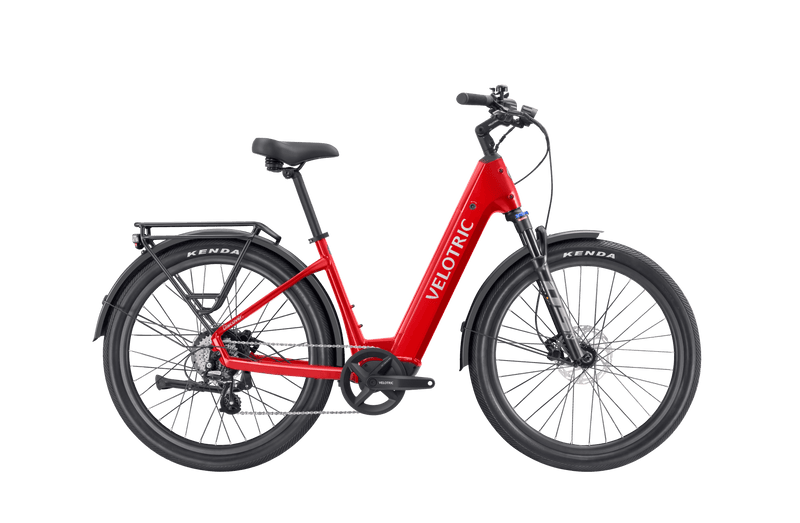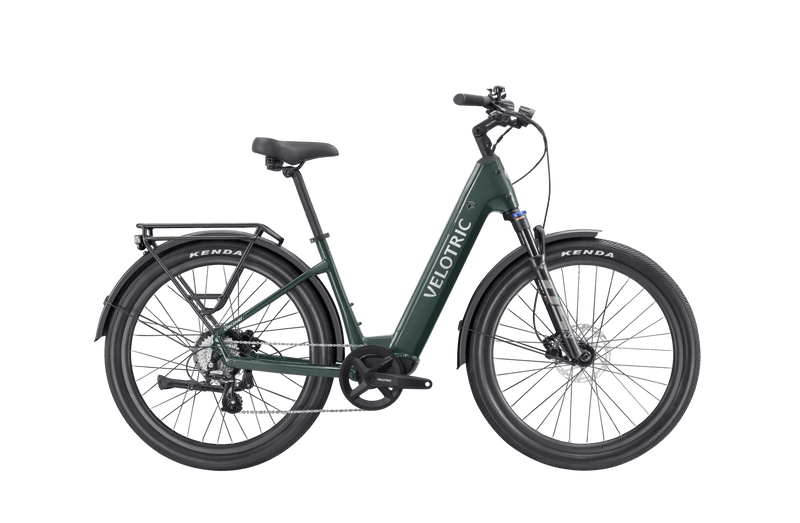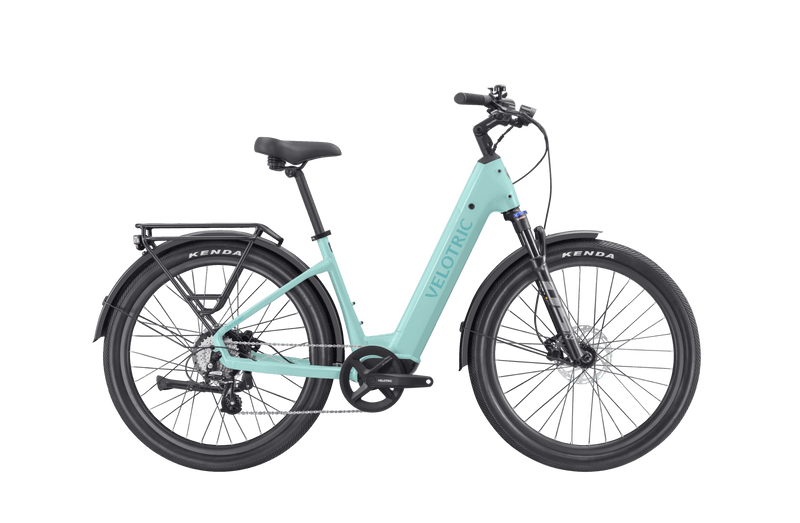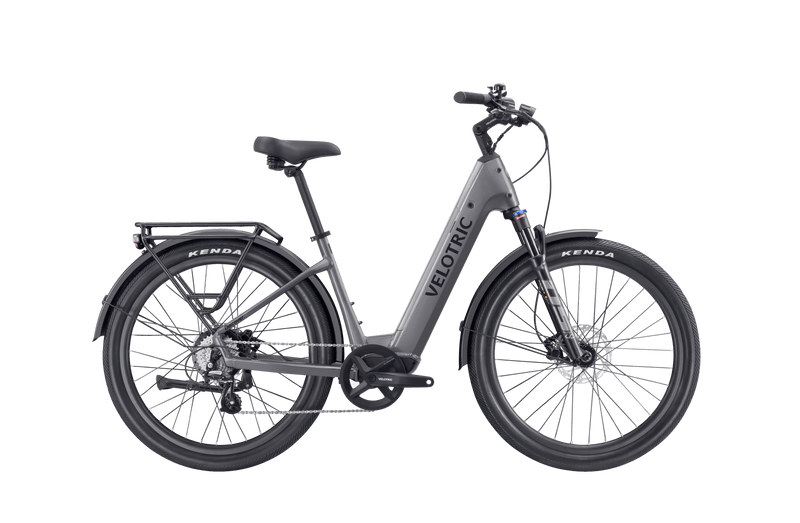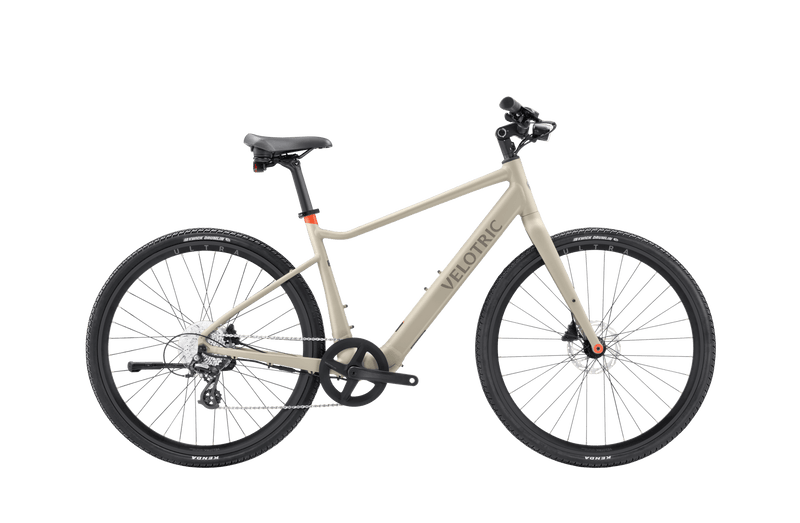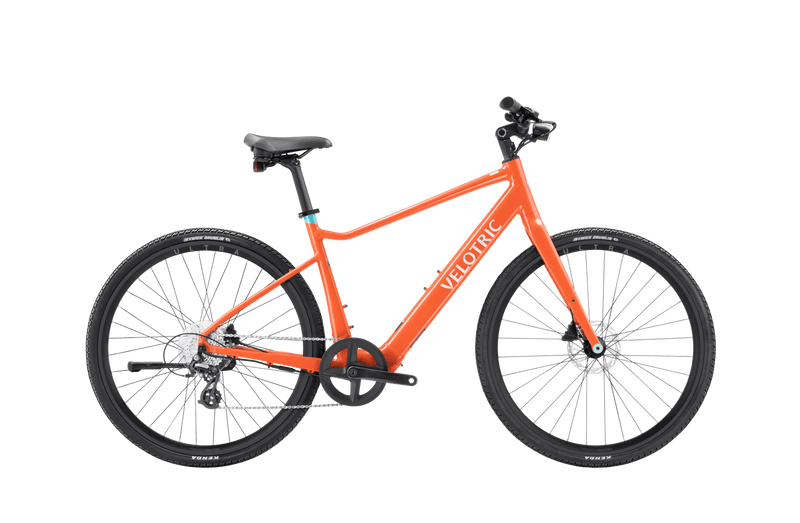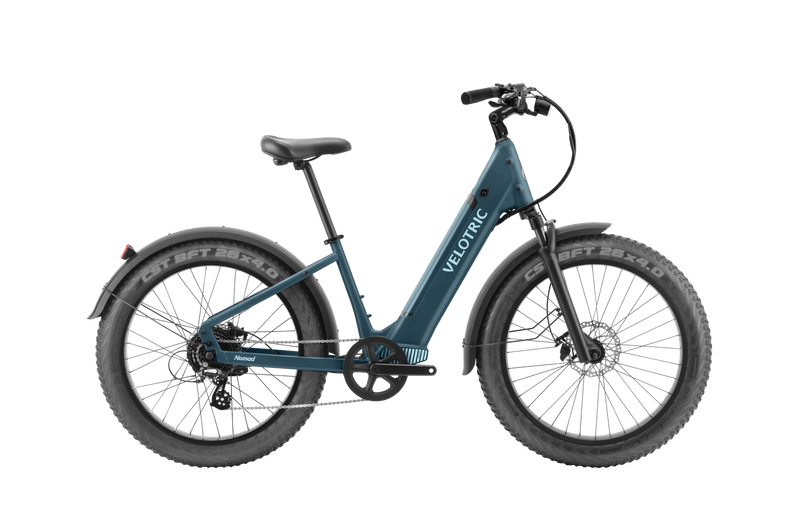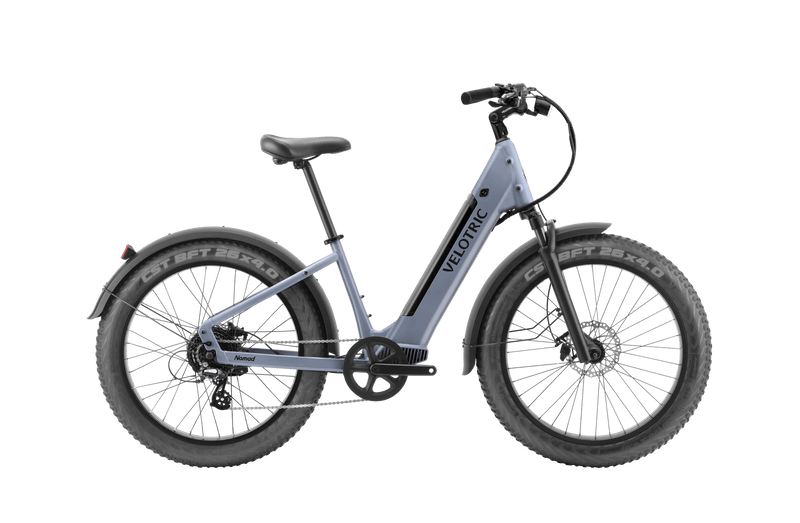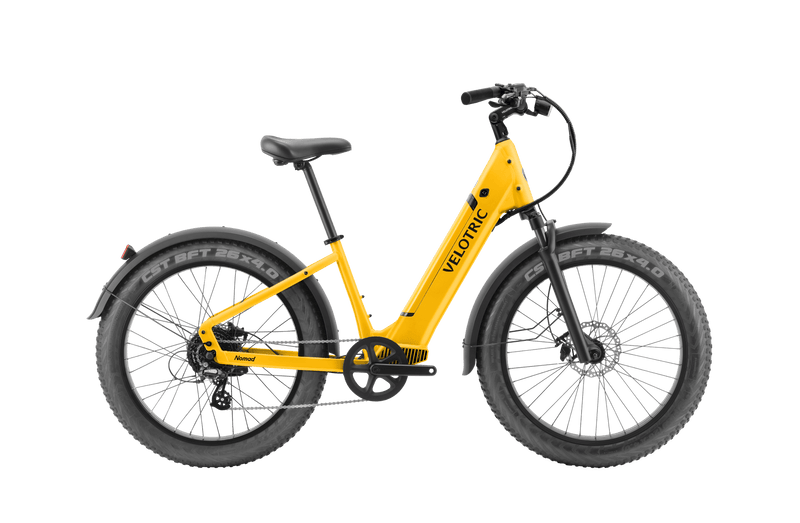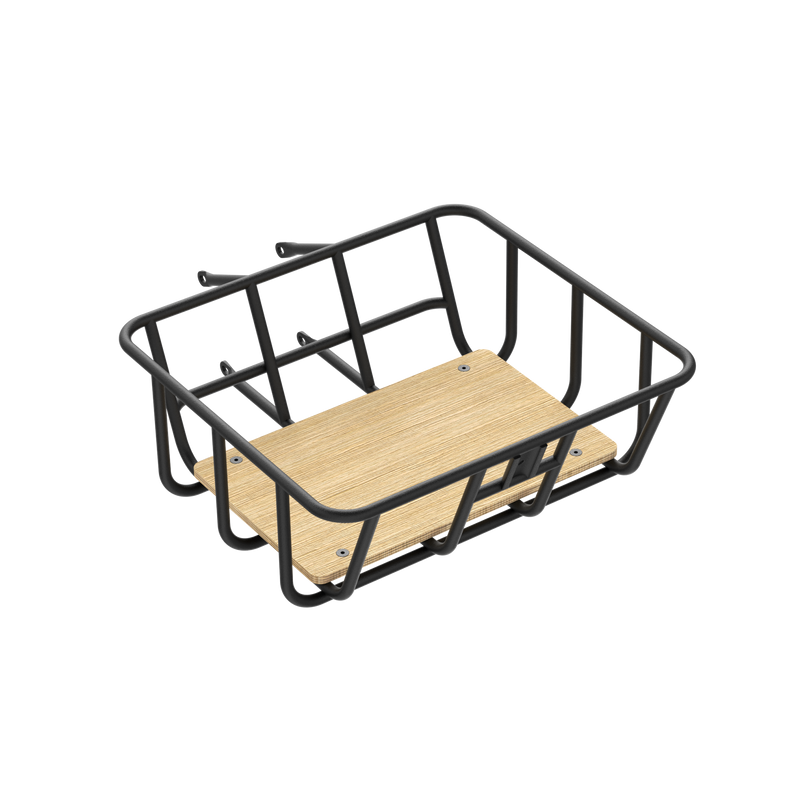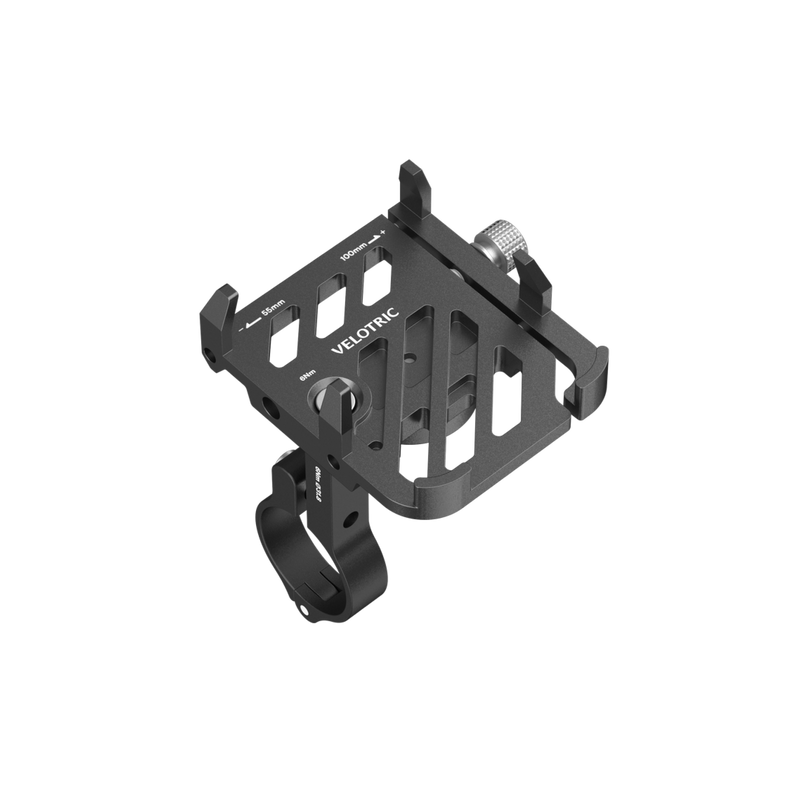Few activities in life compete with the pleasure of riding a bike. Cycling allows you to get where you need to go while enjoying the outdoors and improving your health. Though cycling offers a low-impact workout, injuries can still occur, and practicing proper cycling posture is the best way to avoid them. In this article, we’ll review some statistics on cycling injuries and offer guidelines and recommendations for injury prevention.
Importance of Proper Cycling Posture
Whether you’re a casual rider or a competitive cyclist, correct cycling posture is critical to prevent injury. Proper riding position can prevent soreness, neck pain, shoulder pain, lower back pain, hip pain, knee pain, and nerve pain. Good posture can also increase riding performance, keeping your body in an aerodynamic position, giving you better balance, and increasing your stamina for long rides.
Cycling Injury Statistics
When most people think of cycling injuries, they think of crashes. But in fact, muscle pulls and joint pain are the most common cycling injuries. These often occur due to incorrect body position and improper bike fit, and men aged 25-64 are especially at risk.

Discomfort Among Cyclists
Cycling uses all major muscle groups, so without proper bike fit and riding position, avid cyclists can quickly feel pain or discomfort on and off the bike. Poor bike posture can lead to upper body pain affecting the neck, shoulders, arms, wrists, and back. Improper bike fit can lead to pain in the lower body, including the hips, groin, quadriceps, hamstrings, knees, and feet.

Preventing Pain and Injury
The main keys to injury prevention are finding the right bike and practicing correct cycling posture. New cyclists may be tempted to buy the first affordable, nice-looking bike they come across, but they come in many types and sizes, and finding the right bike is imperative for comfortable riding.
A professional bike fit will ensure your bike frame has the perfect stem length and seat height for an easy ride. An expert at a bike shop can also guide you to the correct bike type based on your activity, whether it’s a road bike, mountain bike, electric bike, or other specialty bike.
Once you have the right bike with an optimal fit, you can adjust your cycling position for proper bike posture.

Knee Injuries and Prevention
Cycling can stress your knees with each pedal stroke. To prevent knee pain, cyclists should always check for correct saddle height and position before beginning a ride. Having the proper length and angle between the seat and the pedal can ease a considerable amount of stress on your knees.
Proper cleat positioning can also help prevent knee pain. It can take a while to find the right foot positioning when riding, so cyclists should make minor adjustments gradually, both to the vertical position and the angle of the cleat on the pedal.
If you feel your cleat position is good, but your knees still angle outward on your pedal stroke, try using shoe wedges. They angle your cleats slightly inward so that your knees stay aligned when pedaling to prevent knee injury.
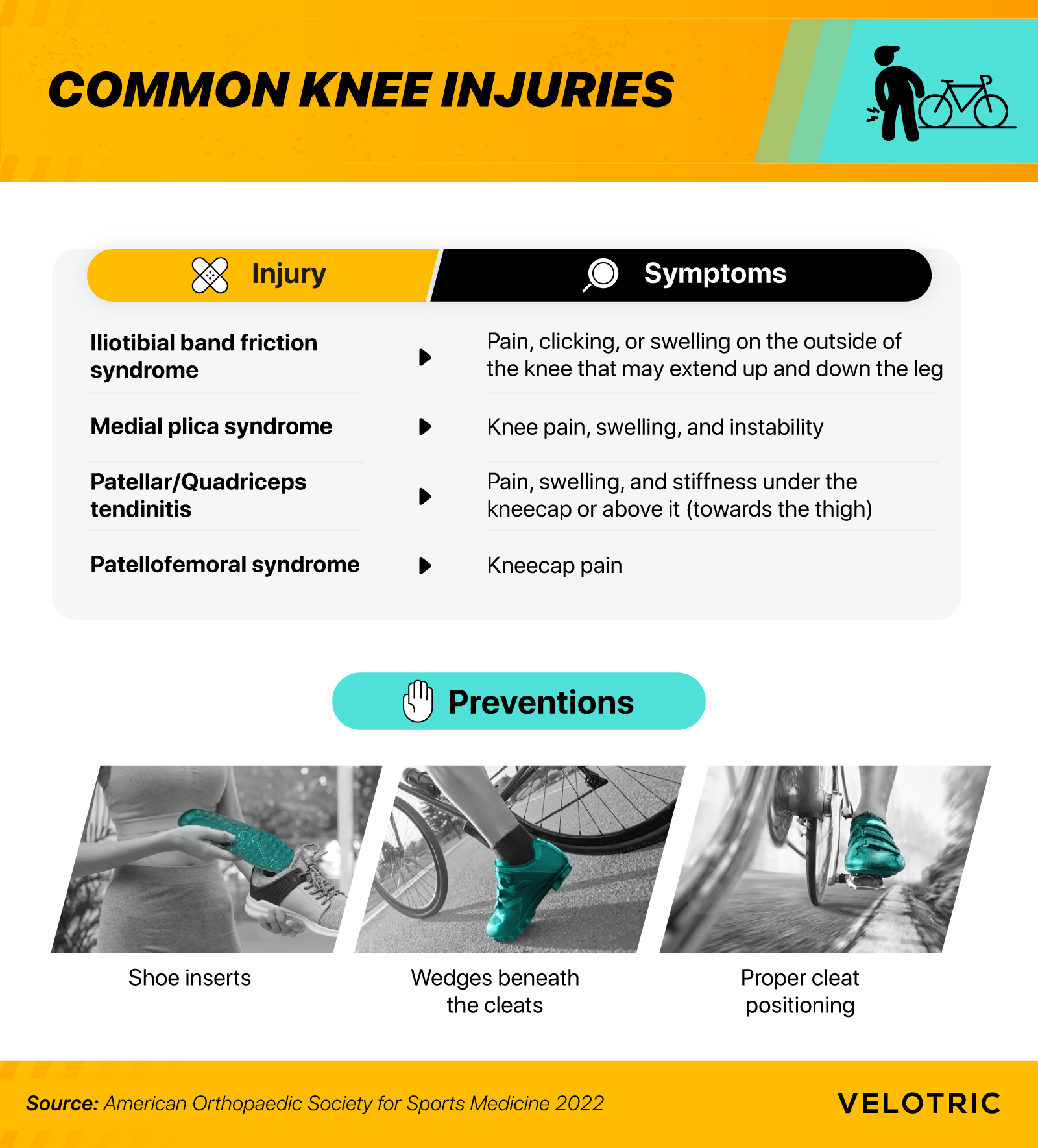
Riding style can also affect knee pain. Aggressive cyclists who push fast, frequent hills, or ride long distances may put more stress on their knees. Riding at a steady cadence, adjusting your bike’s gearing, and slowly increasing mileage can all help prevent injury and decrease knee pain.
If you have the proper saddle height and cleat positioning and are managing your riding style but are still experiencing knee pain, strengthening exercises or shoe inserts can help. Inserts will align the bones of your feet and more evenly distribute the force of your pedal stroke, thereby taking stress off the knees. When you’re off your bike, strengthening exercises that focus on your hamstrings, quads, and abdominal muscles will give you strong legs and a solid core, taking a lot of strain off your knees.
Head Injuries and Prevention
No matter how experienced or talented a cyclist you are, the occasional crash can occur. Scrapes, bruises, and broken bones are painful, but a head injury can change your life. That’s why wearing a helmet is critical; it’s the best prevention against head injuries.

Proper helmet fit is essential not only for comfort but also for injury prevention. Helmets should fit snugly but not be tight or uncomfortable. Your helmet should sit level on your head (not tilted to the front or back), and the front should cover most of your forehead, stopping just one or two finger-widths above your eyebrow. The side straps should form a “V” in front of and behind your ears, with the point of the “V” just below your earlobes.
When clasped, the helmet should touch the top of your head but not push down on it. The clasp should be adjusted to sit just under your chin, loosely enough that you can fit a finger between your chin and the strap. Once everything is adjusted, your helmet should not slide forward or backward when shaken or pushed.
Make sure to adjust your helmet each time you wear it so that the fit is always safe and snug.
Neck and Back Pain Causes and Prevention
As cycling involves a lot of bending over, many cyclists experience neck and back pain. The most common causes of upper body pain are poor riding position and improper bike setup. When riding, your upper body should align with a neutral spine. Any curve in the upper body will put undue strain on the neck, upper back, and lower back, leading to pain and possible injury.
Cyclists often curve the upper body to compensate for incorrect saddle position or handlebars that are too low. To get the correct saddle position, adjust the seat height first. The easiest way to find the proper seat height is to get on your bike and place the heel of your foot directly on top of the pedal. With the pedal at the bottom point of its stroke, your leg should be completely straight. When the ball of your foot is on the pedal in the bottom position, your leg should have a slight bend of about 25 degrees.

Once your saddle height is set, adjust the seat forward or backward. To find the correct position, get on your bike and place the ball of your foot directly on top of the pedal. With the pedal at the bottom point of its stroke, your foot should be flat, and your knee should be directly over the pedal. Once both seat height and placement are adjusted, you can adjust the angle. Begin with the seat parallel to the ground, then angle it slightly upward for men or downward for women by no more than three degrees.
Once your seat is properly adjusted, adjust the height of your handlebars. Handlebars should sit so that your back is straight and your arms maintain a slight bend. Leisure cyclists often prefer handlebars to be level with their seat, while racing cyclists prefer handlebars two to four inches lower. When gripping the handlebars, hands should hold the bar loosely with the elbows angled out; knuckles should align with the elbows.
If you can’t find a comfortable seat or handlebar position on your bike, visit your local bike shop for a professional bike fit.
For further injury prevention and pain relief, cyclists should stretch before and after each ride. Neck and back stretches, along with shoulder, arm and hip stretches, can help prevent upper body pain.
Wrist and Forearm Injuries and Prevention
Gripping the handlebars and carrying the upper body’s weight can cause fatigue and pain in the wrists and forearms. To prevent this, the elbows should always be slightly bent, never locked. Wrists should remain in line with the forearms without dropping below the handlebars. Cyclists should maintain a light grip on the handlebars, allowing the bike to ride naturally with gentle corrections. Padded cycling gloves can also help by relieving the pressure on the hands and wrists and more evenly distributing the weight.

Cyclists can also do hand stretches to help prevent and relieve pain. Here’s a helpful one:
- Face the wall and hold one arm out, palm facing down, with your arm slightly higher than your shoulder.
- Drop your fingers toward the floor and gently push the back of your hand against the wall. You should feel the stretch in the topside of your wrist, emanating down your forearm. Hold for 20 seconds.
- Turn to face the wall and hold your arm straight out in front of you, palm facing up.
- Bend your wrist and press the palm of your hand flat against the wall with your fingers pointing to the floor. You should feel the stretch on the inside of your wrist and forearm. Hold for 20 seconds.
- Repeat both stretches on the opposite hand.
Foot Pain and Prevention
Though not as common as other muscle and joint pain, cycling can lead to foot pain. It’s often caused by ill-fitting shoes or overdue bike maintenance.
Cycling shoes should be snug enough that your heel doesn’t come out when pedaling but not so tight that they pinch. Shoes with stiff soles are best, as they support your heel and instep while riding. Biking cleats should feel snug in the heel, with even pressure throughout the instep and just enough toe room that your toes don’t hit the front of the shoe while riding.
Because a bike in need of repair makes you work harder than you should, falling behind on bike maintenance can also cause foot pain as well as pain in the rest of the body. Always check for loose bolts and parts before riding to ensure your bike is functioning at its best. Bike maintenance varies depending on how often you ride and in what conditions, but even the most casual riders should have their bike checked at a bike shop at least every six months to ensure it runs smoothly and safely.

One of the most confusing aspects of bike maintenance is tire inflation. Different tires require different pressure, which is affected by riding conditions, temperature, and the cyclist’s weight. Narrow tires require higher pressure, while wider tires require less. And though you may think high pressure offers better road resistance, that’s not necessarily the case.
Every road has divots and bumps, and overinflated tires won’t be able to absorb the shock of these impacts, potentially making your ride bumpier and less comfortable. Properly inflated tires balance the texture of the road, the tire’s width, and the rider’s weight to conform to impacts and make your ride smoother.
Urogenital Problems and Prevention
Sitting on a bike seat for long periods or over rough terrain can lead to urogenital problems due to nerve constriction. This often results in pain or numbness in the groin and can lead to urinary tract infections. Cyclists can prevent urogenital problems by angling the bike seat upward for men and downward for women, no more than three degrees either way. Prevention can also include using a wider bike seat, seat padding, or padded cycling shorts.

Most leisure bikes come standard with narrow, rather hard bike seats. To improve the comfort of these seats, cyclists can buy a padded cover or replace the seat altogether. Many padded seats and seat covers use gel or memory foam to cushion the saddle and improve shock absorption. Gel is generally preferred over memory foam, as it has better shock absorption and doesn’t flatten over time. For premium comfort, riders can buy a wider seat to relieve pressure points or have one custom-fitted.
Along with wider and padded seats, cyclists can wear padded shorts to protect against seat discomfort and chafing. Bike shorts are worn in lieu of undergarments and feature a chamois: a sewn-in groin pad with no seam through the middle. A middle seam can be one of the biggest groin irritations, so these bike shorts can significantly reduce chafing and sores. Bike shorts also include various levels of padding to suit your riding habits.
Road Deaths and Injuries Prevention
While injury and pain prevention is important, other vehicles will always be the greatest danger facing cyclists. Diligent road safety is imperative for every bike rider, and the most critical aspect of that is visibility. Wearing bright, fluorescent clothing in the daytime and retro-reflective clothing at night helps drivers see cyclists clearly and from far away.

Your road bike should also be clearly visible using retro-reflective materials and active lighting. Retro-reflective materials reflect light from an outside source, like a car’s headlights, while active lighting transmits its own light.
Combining retro-reflective stickers and patches with active lighting (like headlights, strobe lights, wheel lights, etc.) makes road bikes and their riders visible from far away and in low light, making nearby drivers aware of them and the direction they’re traveling in. The more cues drivers have to cyclists’ location and movement, the more able they are to share the road safely.
Ride safely and comfortably with Velotric Bike
Despite being a low-impact exercise, cycling can take a toll on your body and even cause injury. Correct cycling posture and proper bike fit are key to preventing this and reducing pain. Strengthening exercises and stretching can also help with this, and additional padding and proper bike maintenance can make your ride more comfortable. Above all, wearing safety gear — including a well-fitting helmet — can protect you from major injury in the event of a crash.
Now that you know how to ride safely and comfortably, start riding in style with Velotric Bike.
Methodology
For the information presented in this survey, we collected information from the 2021 National Electronic Injury Surveillance System (NEISS), the American Orthopaedic Society for Sports Medicine, the United States Olympic and Paralympic Committee, and the United States Centers for Disease Control and Prevention (CDC). All data was collected in October 2022.
Fair Use Statement
Do you know an avid cyclist who struggles with body pain? Perhaps this guide can help. Please feel free to share it with your friends or anyone else for noncommercial purposes only and provide a link to this article as a credit for the work.
























